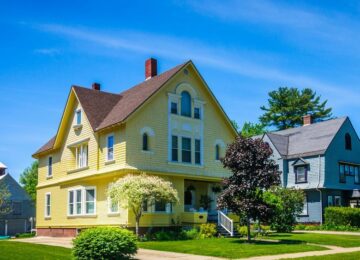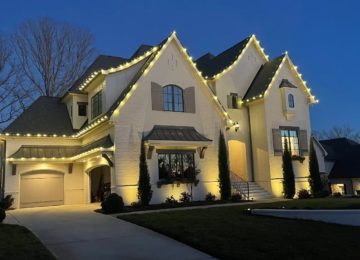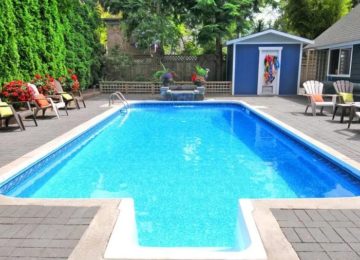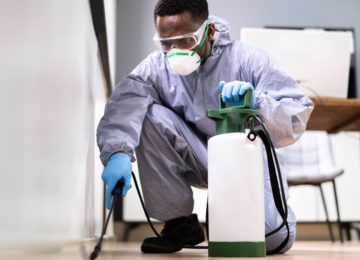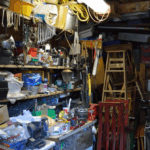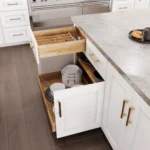Determining whether a condo roof deck is maintained correctly requires carefully inspecting multiple safety and longevity elements. Roof decks represent valuable amenities that enhance property values but demand consistent attention to prevent deterioration. Companies like Penrith Developer often emphasise proper maintenance protocols during construction to ensure these spaces remain functional and attractive for years to come. Regularly assessing specific components can help identify maintenance issues before they escalate into costly repairs.
Surface integrity
The condition of the deck’s surface provides immediate clues about maintenance quality. Well-maintained roof decks show consistent colouration without major discolouration patches that might indicate water pooling or drainage issues. The walking surface should feel solid underfoot without sponginess, sagging, or uneven areas that could signal structural concerns beneath. Properly maintained surfaces show minimal cracking, splitting, or warping of materials and early warning signs of water infiltration or structural stress.
Material-specific signs indicate that proper maintenance varies depending on construction type. Wooden decks should appear sealed with protective finishes and free from rot, insect damage, or splitting boards. Composite decking requires inspection for delamination, excessive fading, or unusual brittleness. Concrete or tile surfaces should be examined for cracks, spalling, efflorescence, or loose pieces. Any materials showing advanced wear beyond their expected lifespan suggest maintenance neglect rather than normal ageing.
Drainage dynamics
Proper water management represents the most critical maintenance aspect for roof decks. A well-maintained deck demonstrates:
- Visible drainage outlets that remain clear of debris
- Slight slope directing water away from the building structure
- No evidence of standing water even after recent rainfall
- Clean, functional scuppers or interior drains without blockage
- Waterproof membranes without tears, bubbles, or separation at seams
Water stains on adjacent walls, ceiling damage in units below, or mineral deposits along deck edges indicate recurring moisture problems from poor drainage maintenance. Professional inspection might include water testing, where problematic areas are deliberately flooded to observe drainage patterns and identify potential leakage points.
Structural soundness
Supporting structures beneath the visible deck surface demand regular inspection and maintenance. Joists, beams, and connection points should be examined for signs of rust, rot, or stress fractures. Railings require particular scrutiny as they provide critical safety functions. Push gently against railings to check for movement or instability. Properly maintained railings remain firmly anchored without wobbling or excessive play when pressure is applied.
Attachment points where the deck connects to the main building structure deserve special attention. These junctures often experience the most significant stress and risk for water infiltration. Flashing materials should cover these connections completely without gaps or separation. Evidence of rust on metal fasteners, connectors, or support components indicates moisture intrusion requiring immediate attention.
Documentation details
A properly maintained roof deck has comprehensive records documenting regular care and professional assessments. Request access to:
- Maintenance logs showing regular inspection schedules
- Repair histories detailing past issues and resolutions
- Professional engineering reports from periodic structural reviews
- Warranty information for decking materials and waterproofing systems
- Building permits for any modifications or renovations
Maintenance intervals appropriate for the specific materials and climate should be established and followed. Most high-quality roof decks require professional inspection at least annually, with more frequent maintenance checks in harsh climates or areas with extreme seasonal variations. Proper documentation demonstrates a commitment to systematic care rather than reactive repairs.



